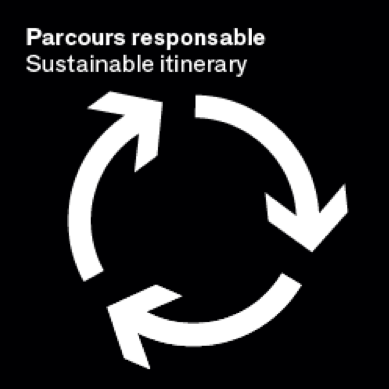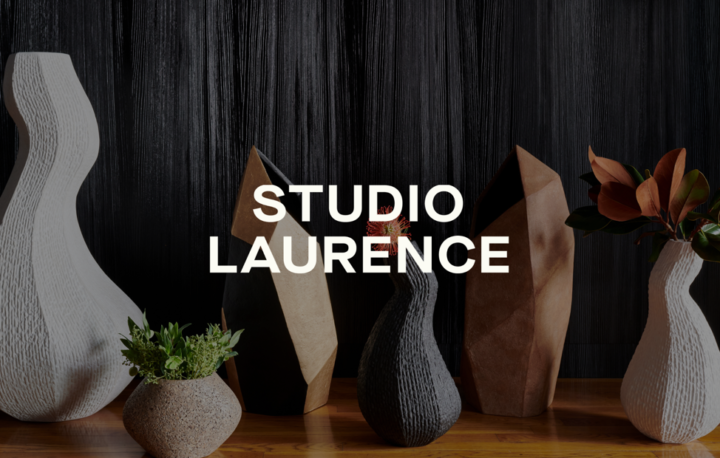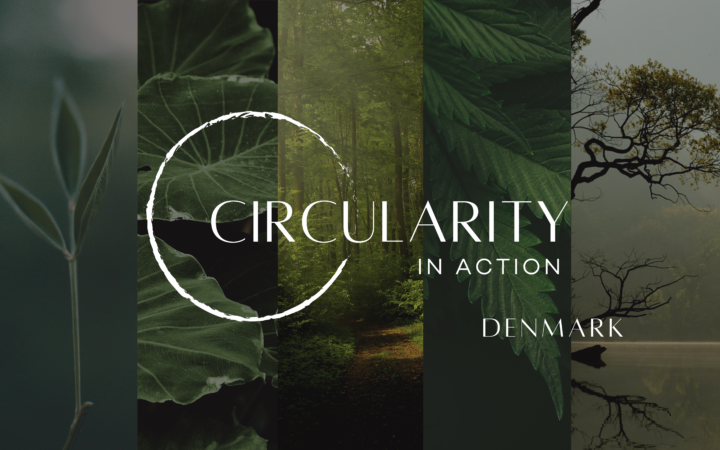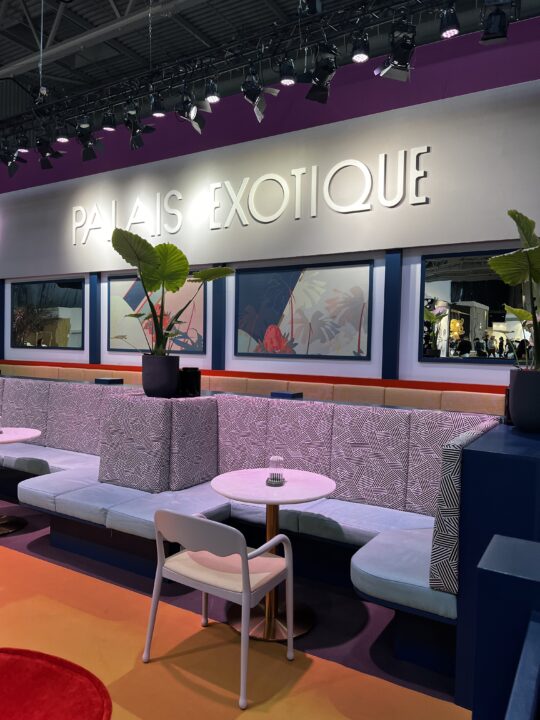
With each new year comes exciting developments in design. As our culture shifts and our priorities change, so does our global aesthetic. Nowhere is this more apparent than in the architecture and planning of burgeoning cities. Inspired by Gensler Design Forecast, “Shaping The Future of Cities,” here are industry predictions for architectural changes and innovations to come in 2019.
Work
Globally, office spaces have traditionally maintained an emphasis on aesthetics, driven by a desire to display the company’s status. In 2019, design driven only by aesthetics will be increasingly seen as indulgent and, therefore, shortsighted. Carbon emission reduction and sustainability will remain at the forefront for offices designed to operate in the future of our collective society. Additionally, workspaces will continue to push the envelope on multiple use environments in 2019, making it commonplace for work and life to seamlessly blend.
In terms of attracting consumers and leveraging changing consumer habits, brands, designers, and shop owners will enter 2019 with experiential offerings in mind. Holistic takeaways will continue to grow as a leading priority, creating an increasing need for optimal architectural flow. Leading designs will consider human behaviors and will move consumers through multiple touch points cultivating a well-rounded, memorable shopping experience that ultimately boosts customer satisfaction, thus increasing profits exponentially.
Live
The way we live in 2019 will not change drastically, however, it will continue to get even better. As we have become more focused on our individual and global wellbeing, the architecture industry has taken notice. With the increase in population, cities will need to continue to build upward, making room for smaller, more efficient, utilitarian living spaces. Instead of creating cold, single-unit structures, planning will bend toward simplicity, efficiency, and minimalism.
City living will also continue to shift toward mixed-use buildings, creating opportunities for residents to live, learn, work, eat, and play in the same space. Communal areas will become a priority as architectural plans take shape, and will include spaces dedicated to upscale dining, wellness, healing, and co-working.
Also in 2019 affordable housing will see an upgrade with a focus on solving the persistent, growing issue of homelessness. Scalable, affordable solutions including communal housing, prefabricated units, micro houses and more will encourage community and enhance quality of life for those living below the poverty line.
Stay
The hospitality industry will continue its rapid change in 2019, sprinting to keep up with advancements in technology and holistic design. Hotel architecture will increasingly emphasize wellness, aesthetically embracing clean lines, sensual curves, and incorporating opportunities for biophilia into the fabric of structures. The guest’s need for replenishment and rejuvenation will maintain a point of focus in 2019, with the vast majority of new luxury accommodations offering spas, clean foods, in-house nutritionists, on-site fitness, and medical recovery rooms.
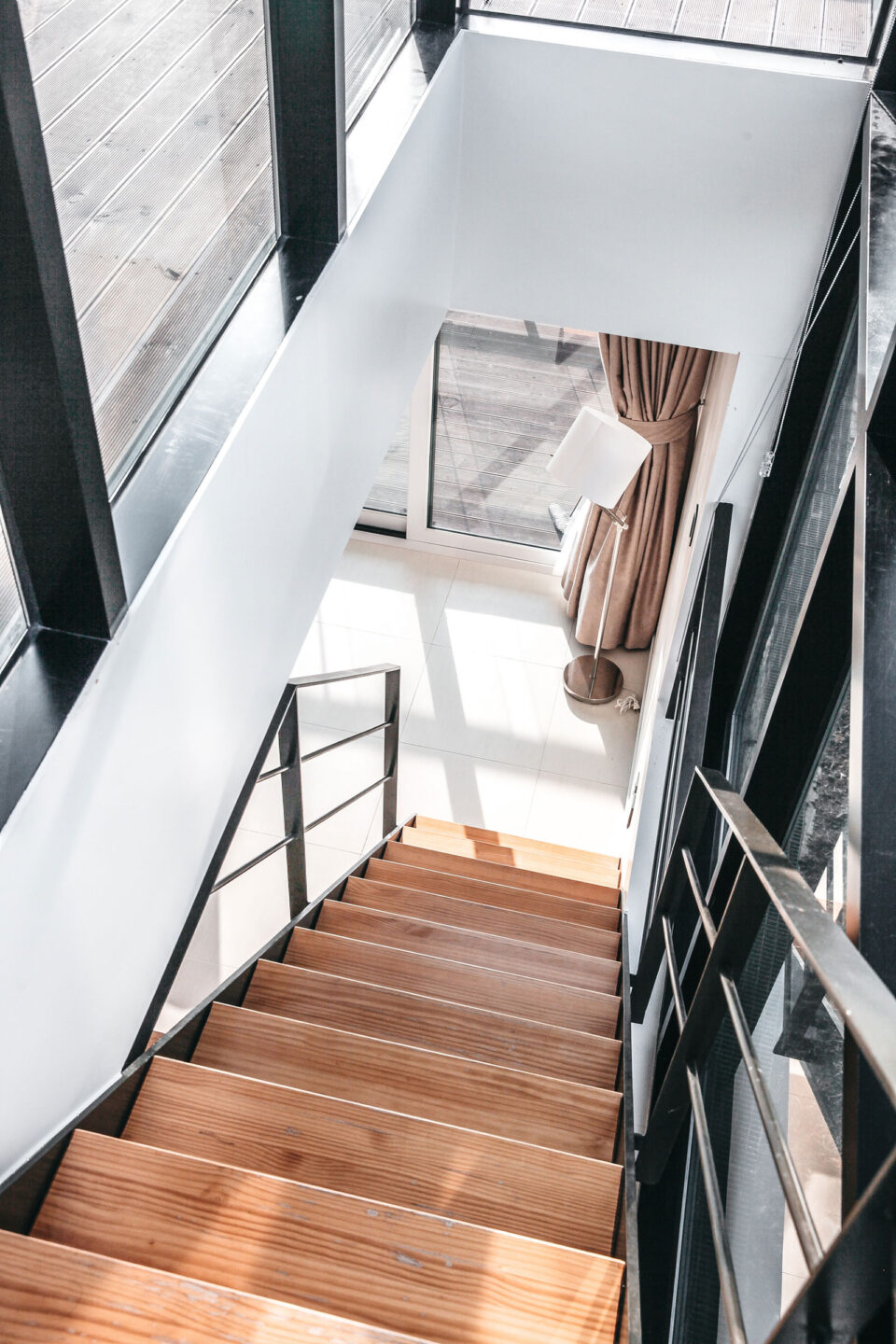
Thanks to advancements in technology, guests will be able to settle even further into their home away from home with full control of their unique experience. The 2019 hotel stay will be so streamlined that guests arrive at their destination and can expect extensive services available through their smartphones. This will include mobile check-in, advanced (or on-demand) meal planning, temperature and light controls, and more. Toward the end of 2019, I believe we will even begin to see a more prolific incorporation of robotic concierge services.
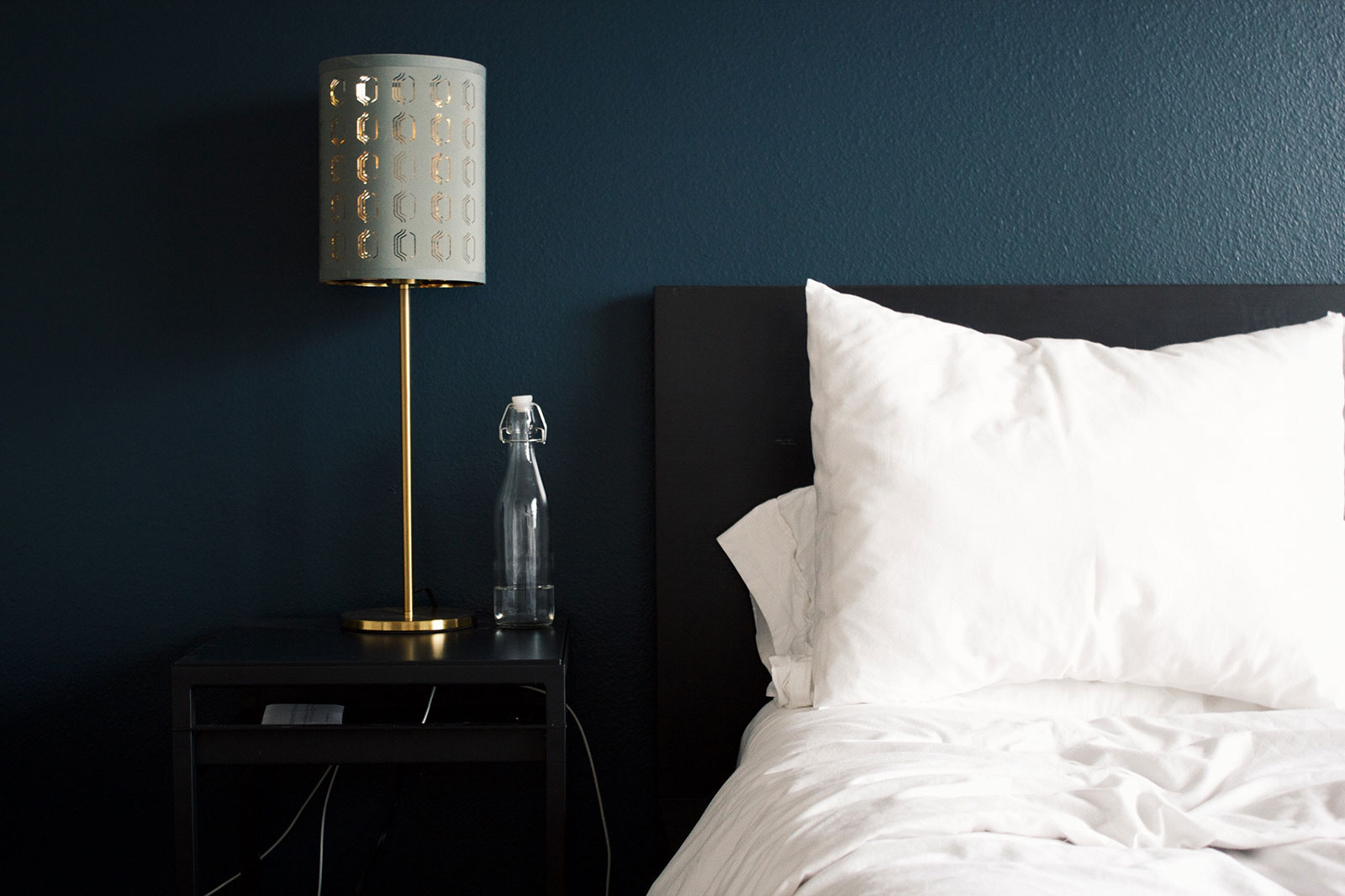
City Planning
As with all areas of design, sustainability and architecture will take new leaps in 2019. As our changing environment continues to shift rapidly, cities will be planned with greater emphasis on the ability to adapt. Now more than ever, cities must contend with climate change, putting emphasis on materials, structure, and form that will, first and foremost, weather the demands of somewhat unpredictable environmental change. Buildings will be constructed with data in mind, using a formulaic approach to harness optimal building materials and techniques. Additionally, seeking low carbon emissions and a small environmental impact will remain paramount in architectural design.
Additionally, resilience will become key, putting the city, and thus the building’s, ability to last at the forefront. Not only will the city need to withstand increasing storms, droughts, rising and falling temperatures and changes in air quality, it will need to effectively respond to an increase in population due to immigration. This means erecting buildings with isolatedlcrises in mind, assessing how that building and its relationship to others nearby will negatively or positively impact the city in its subsequent recovery from a disaster scenario.
In short, 2019 will see a continued push into urban areas with an increased eye on smart city planning. As cities respond to the growing population, it is vital that holistic needs of individuals are studied against the needs of our rapidly changing environment. It is Laurence Carr Design’s prediction that we will continue to see an increase in responsible, sustainable design with an emphasis on resilience and a blending with our natural environment.
Wishing you a serene Holiday Season and a prosperous New Year!
